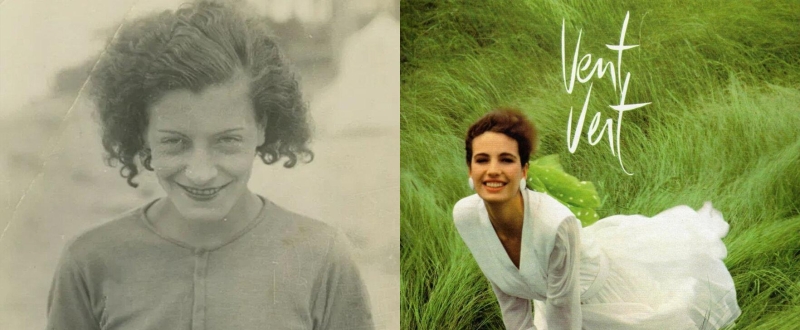Contents
Germaine Cellier is one of the most influential female perfumers of the 20th century. At a time when the world of perfumery was mainly dominated by men, she set new standards with her creative, often unconventional fragrances. Her extraordinary talent for combining unusual aromas in surprising ways and her constant willingness to push the boundaries of the familiar have had a lasting impact on the industry. Many of her works are still considered milestones in the history of fragrances and serve as a source of inspiration for the creation of modern perfumes.
In this article, we take a look at her life and her innovative fragrances that have made her a legendary figure in perfume history.
The beginnings: between art and science
Germaine Cellier was born on 26 January 1909 in the French port city of Bordeaux, which is considered the center of the famous wine region. Her father Georges was considered a penniless bohemian, while her mother Jeanne was an elegant, spirited and pragmatic woman. These contrasts – the free-spirited, unconventional father and the spirited, down-to-earth mother – probably shaped the strong, passionate character of the young Germaine.

Bordeaux – the birthplace of Germaine Cellier
After attending a Catholic school in Créon, she moved to Paris with her cousin Catherine Mangelle in 1930, where she started to study chemistry – an unusual choice for a woman at the time. However, she did not allow herself to be restricted by social norms or the role models common at the time. She had clear goals and the courage to pursue them consistently.
Her love of fragrances began in her childhood. The smells of the countryside around Bordeaux – from flowers and freshly mown grass to the salty sea air – awakened her passion for the world of fragrances at an early age. She dedicated her diploma thesis to the chemical analysis of fragrances – a first step towards combining her enthusiasm for aromas with scientific precision.
After her studies, she started working at Roure Bertrand Dupont (now part of Givaudan), a flavor manufacturer founded in 182ß and based in Grasse.
Style icon and free spirit in Paris
Germaine Cellier was immediately drawn to Montparnasse. For her, Paris was much more than just a place to live and work – it was a source of inspiration that fueled her creativity and brought out her personality. Here, she not only found space to live out her passion for science and fragrances, but also the opportunity to immerse herself in the vibrant art and fashion scene that made Paris so magical.
Cellier stood out, not only for her talent, but also for her appearance. She was an attractive woman: tall, slim, with blue eyes and a striking face. Her style was also elegant, often in tailored Balmain suits, accompanied by her three dachshunds, which she walked confidently through the streets of Paris.
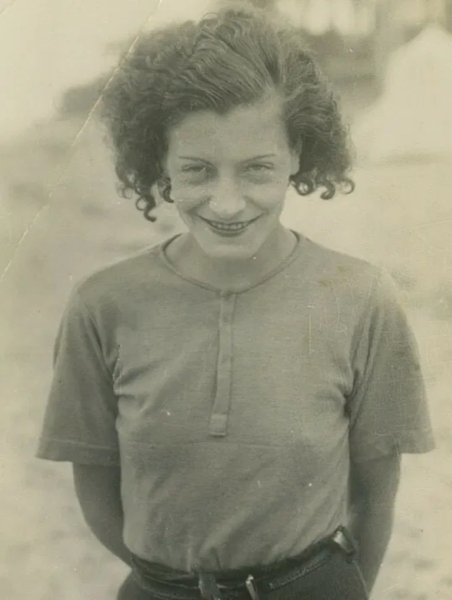
Germaine Cellier in her younger years
But it wasn’t just her looks that made her a style icon. With her sharp sense of humor, her charming charisma and her open, direct manner, she quickly gained access to the artistic and intellectual elite. She moved in circles of creative people such as the writer Jean Cocteau and the painter Salvador Dalí.
Her friendship with the illustrator Jean Oberlé played a special role in her life. It was through him that she met the tennis player Christian Boussus, who later became her life partner. Nevertheless, she is said to have never introduced Christian to her parents;
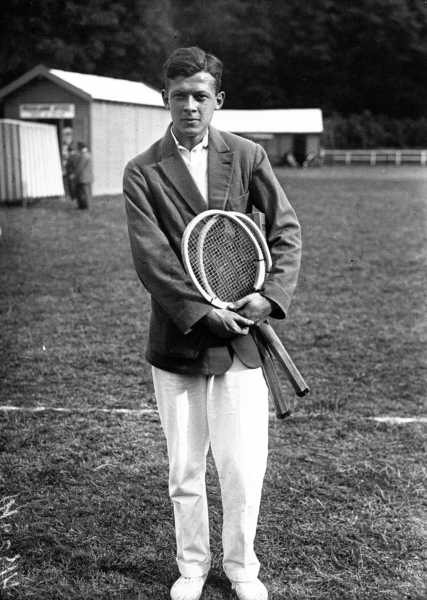
Christian Boussus, partner of Germaine Cellier
The beginning of a new era
After a three-month stopover at Colgate-Palmolive, where she developed fragrances for soaps, Germaine Cellier returned to Roure in 1943. Until the end of the 1920s, perfumeries such as Houbigant, Guerlain, Coty and Caron dominated the market. It was only afterwards that fashion houses such as Poiret, Patou, Lanvin and Chanel began to enter the world of fragrances and cultivated close relationships with perfumers. Roure and other manufacturers therefore concentrated primarily on the supply of natural and synthetic raw materials, bases and specialties. But times were changing.
In the 1930s, Louis Amic, the head of Roure, led the company in a new direction: he recognized the growing importance of perfume as an important part of the fashion world and encouraged close collaboration with great fashion designers and perfumers.in 1937, the iconic “Shocking” for Elsa Schiaparelli was created by Jean Carles, which was followed by further commissions.
Roure achieved great success with this approach. Over the years, many other prominent designers and fashion houses followed suit. By 1939, Roure had developed into one of the largest European manufacturers of raw materials for the perfume industry – a success from which Germaine Cellier also benefited as a perfumer.
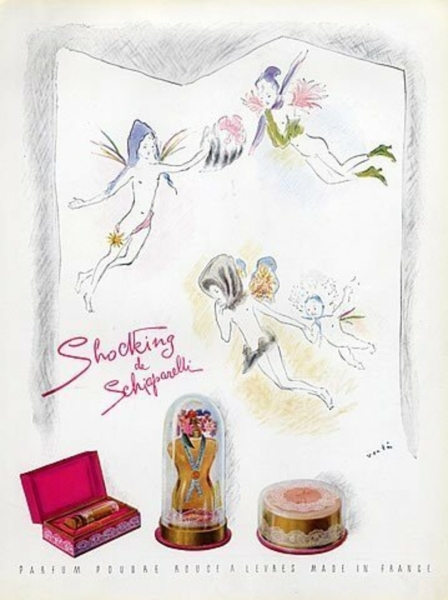
The women’s fragrance “Shocking (1937)” by Elsa Schiaparelli
In the 1950s, Louis Amic opened the creation laboratory Exarome and appointed Cellier as its director. Amic, who appreciated Cellier’s talent and independence, is said to have deliberately left her to work alone after she did not get on well with Jean Carles, another renowned perfumer at Roure.
Cellier developed a very special work and lifestyle. It is said that she rarely came to work before 10 a.m. and usually finished her working day at noon. She lived in the famous Rue Boccador and had a pronounced preference for designer clothes. She often had her shopping brought to her by an assistant, whom she affectionately called “Foujita”.
In the lab, Germaine is said to have loved rummaging through the ingredients cupboard, dipping a strip of paper into a jar and announcing: “I have an idea for a new fragrance!” Often dressed in a beige suit and with a cigarette in her mouth, she was not shy about commenting on her colleagues’ creations while taking a leisurely drag on her cigarette;
Despite her idiosyncratic way of working and her unorthodox lifestyle, Germaine Cellier was also known for her generosity and her love of animals. In addition to her dogs and a parrot, she liked to take care of her poorer neighbors, to whom she regularly gave gifts. This is said to have earned her the nickname “Mother Teresa” of her neighborhood.
Intuition meets chemistry
Cellier’s way of working was as impulsive as it was bold – she often chose her ingredients spontaneously and on instinct. For her, perfumery was above all an art of intuitive intuition, a fine talent for formulas that could not be learned according to fixed rules. She was firmly convinced that the future of the art of perfumery would lie above all in chemistry;
Her perfumes were like herself: often provocative, distinctive and often ahead of their time. She experimented with ingredients and sometimes used them in extreme doses. Her creations were powerful, raw and often groundbreaking. Many of her works have had a lasting impact on the world of perfumery. Here are some of her most important creations:
1. Bandit (1944) – Rebellion in bottle form
With “Bandit”, which was launched in 1944, Cellier dared to do something completely new: for the talented fashion designer Robert Piguet, she created one of the first leather chypre fragrances – a perfume that was to embody strength and freedom. In an era of upheaval, during the Second World War, the composition became a symbol of a rebellious spirit.
The composition was as daring as it was revolutionary: Cellier relied on masculine accords of leather, tobacco and musk, complemented by a soft, floral note. A dose of 1% isobutylquinoline gave the fragrance its characteristic intensity. “Bandit” was a radical break with the feminine fragrance trends of its time and became an expression of strength and non-conformity.
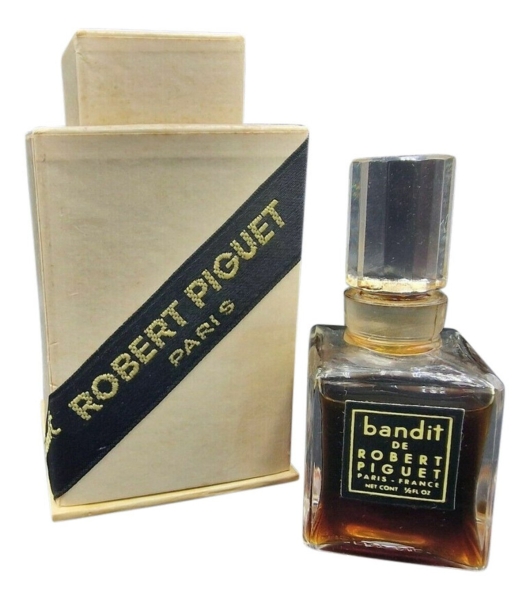
“Bandit” by Robert Piguet
2. Vent Vert (1947) – The green revolution
Another important perfume from the collaboration between Germaine Cellier and Pierre Balmain is “Vent Vert”, which was launched in 1947. The fragrance, whose name means “green wind”, was a tribute to the freshness of nature. Cellier’s use of 8% galbanum gave the perfume an unmistakable, herbaceous freshness that harmonized with floral notes of lily of the valley, narcissus and jasmine.
“Vent Vert” is considered a pioneer among green perfumes and set standards for more freshness and naturalness in perfumery;
Note: In 1990, the original recipe for “Vent Vert” had to be revised, as the “base” components used, which consisted of several individual ingredients, were no longer available. To this end, perfumer Calice Becker reduced the more than 1100 ingredients to around 30. A further streamlining took place in 1999.
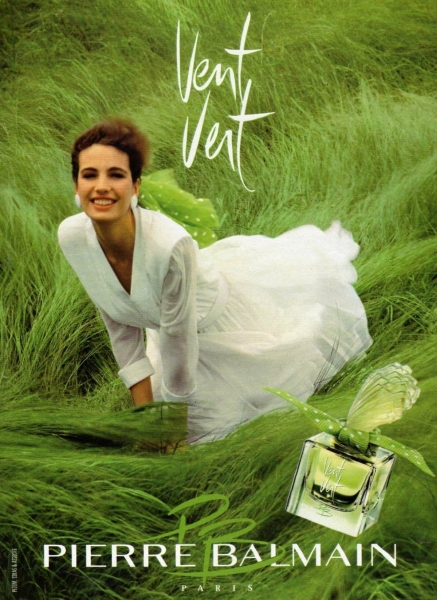
“Vent Vert” by Balmain
3. Fracas (1948) – The seduction of the tuberose
For Robert Piguet, Germaine Cellier created “Fracas” a opulent white-flower fragrance, with tuberose at its heart. She dedicated the creation to the actress Edwige Feuillère, who caused a sensation in 1935 with her role in the film “Lucrezia Borgia”. As a pioneering fragrance in the world of tuberose fragrances, “Fracas” set new standards and inspired numerous imitators.
The American musician Courtney Love described the fragrance as captivating without being overpowering, comparing it to “a field of white meadow flowers with a hint of sex”.
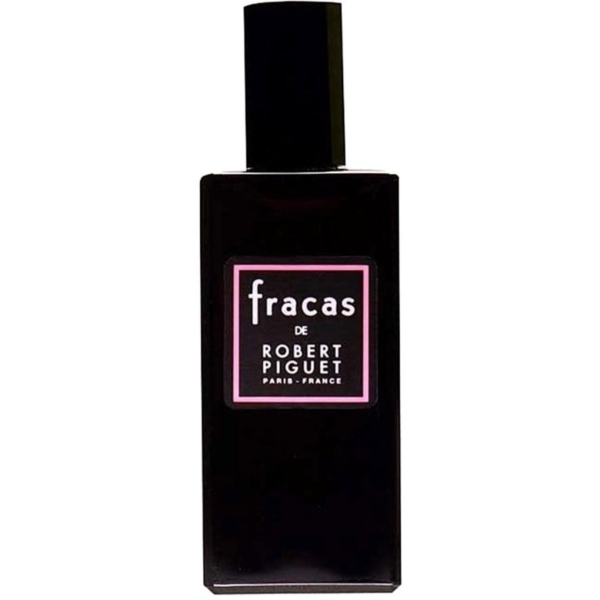
“Fracas” by Robert Piguet
4. Monsieur Balmain (1964) – Elegance meets optimism
In 1964, Cellier created the men’s fragrance “Monsieur Balmain” for the fashion house Pierre Balmain. Cellier combined citrus notes such as bergamot and lemon with aromatic herbs such as basil and lavender to create a lively opening. At the heart of the fragrance, she added spicy elements such as ginger and clove, resting on a base of oakmoss, cedar, musk, leather and patchouli. The invigorating, finely nuanced blend reflected the optimism of the post-war period – a balance between elegance and modernity.
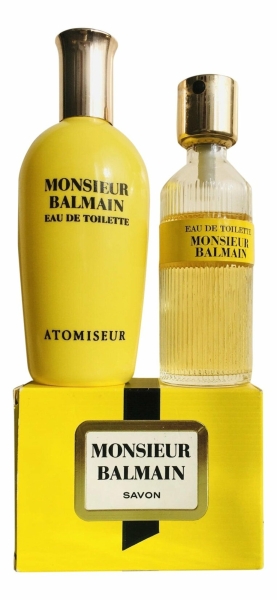
“Monsieur Balmain” by Balmain
Her last years and a legacy that continues to inspire today
Germaine Cellier continued her career in the USA, where she also created fragrances for Elizabeth Arden, but much of this work is little documented today.
In the last years of her life, Germaine lived in seclusion. She had little contact with friends and spent most of her time with her partner Christian. Mini golf was her only sport, whiskey her constant companion.
The changes in her life left clear traces. Germaine Cellier became more and more embittered over time and her health suffered increasingly from the consequences of her many years of alcohol and cigarette consumption. in 1976, she finally succumbed to pulmonary edema and found her final resting place in Pau, near her family.
But her life’s work remains unforgotten. She was one of the first women to make a name for herself in the then male-dominated world of fragrances. With her bold experimentation, the use of unusual ingredients and her unconventional approach, she left her mark on the industry and inspired many subsequent generations of perfumers.
Image sources: By Bert Kaufmann from Roermond, Netherlands – Bordeaux, CC BY 2.0, https://commons.wikimedia.org/w/index.php?curid=24300810; By Agence de presse Meurisse – Bibliothèque nationale de France, Public Domain, https://commons.wikimedia.org/w/index.php?curid=19141041
